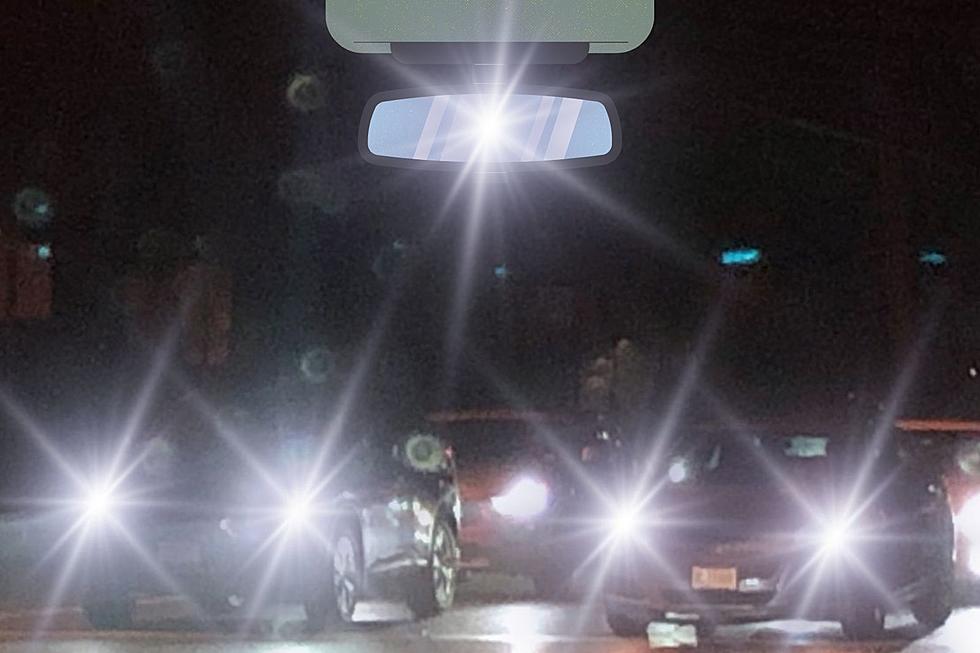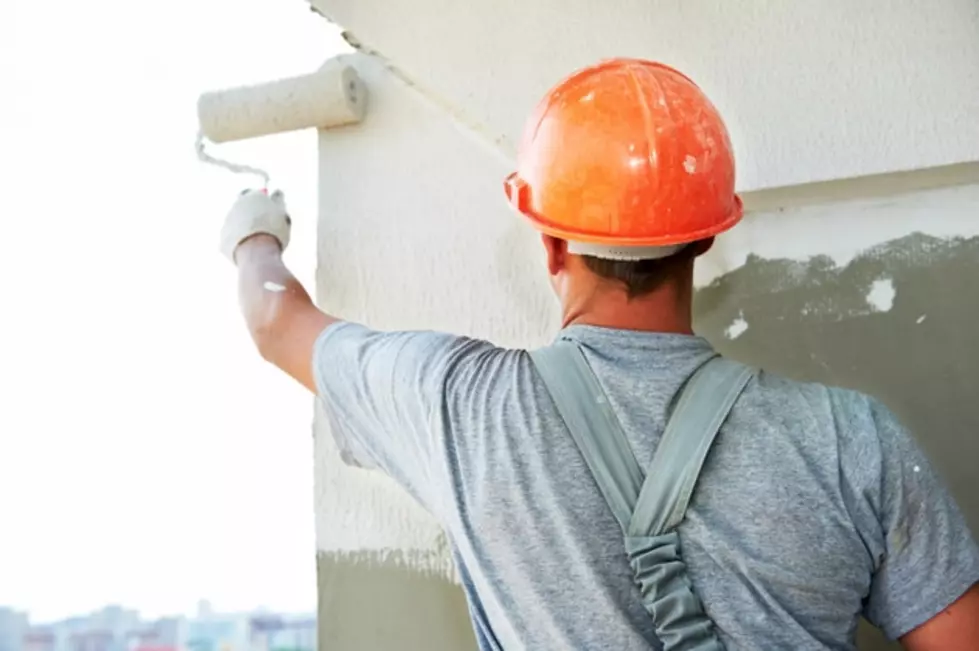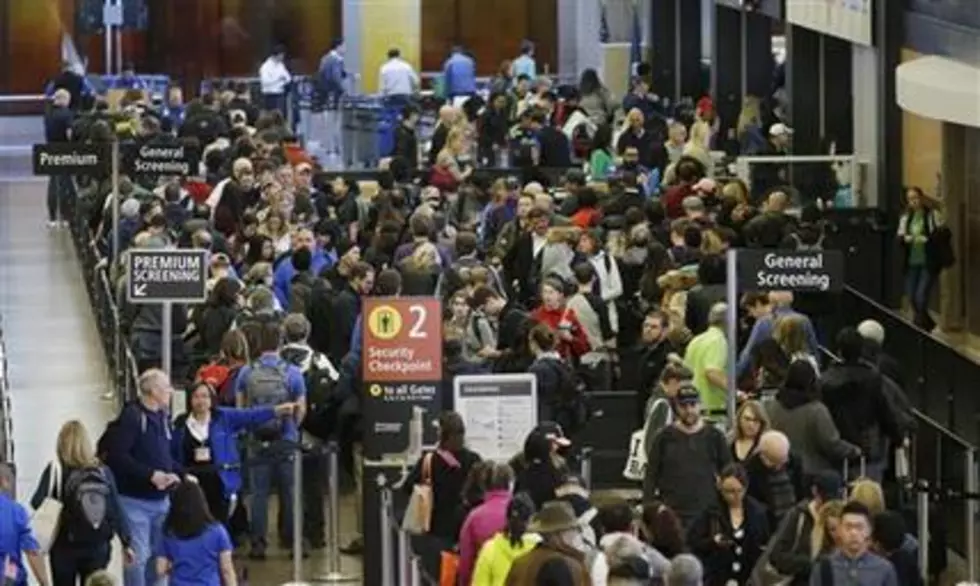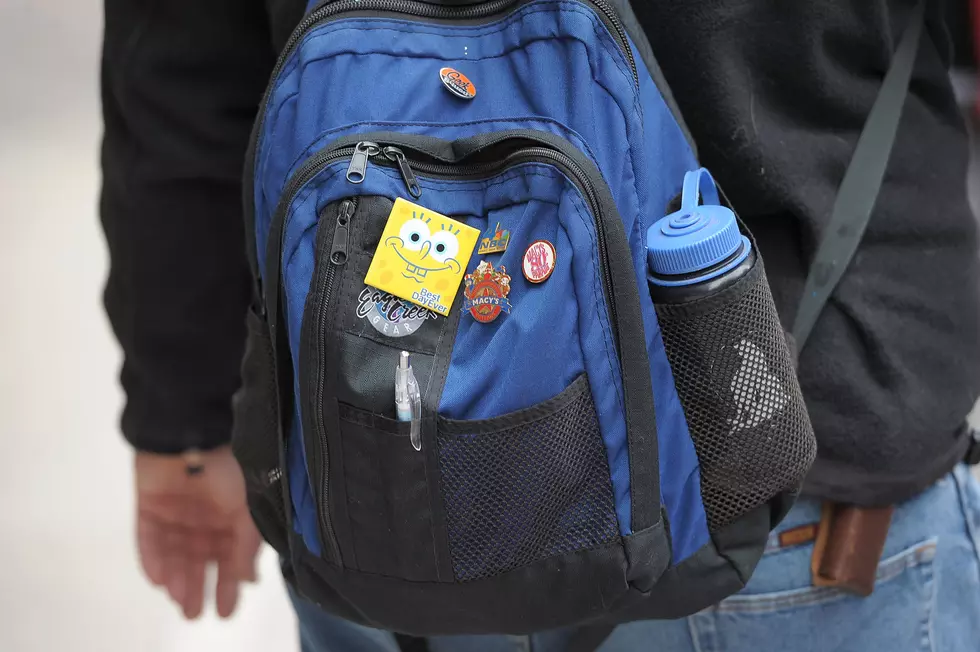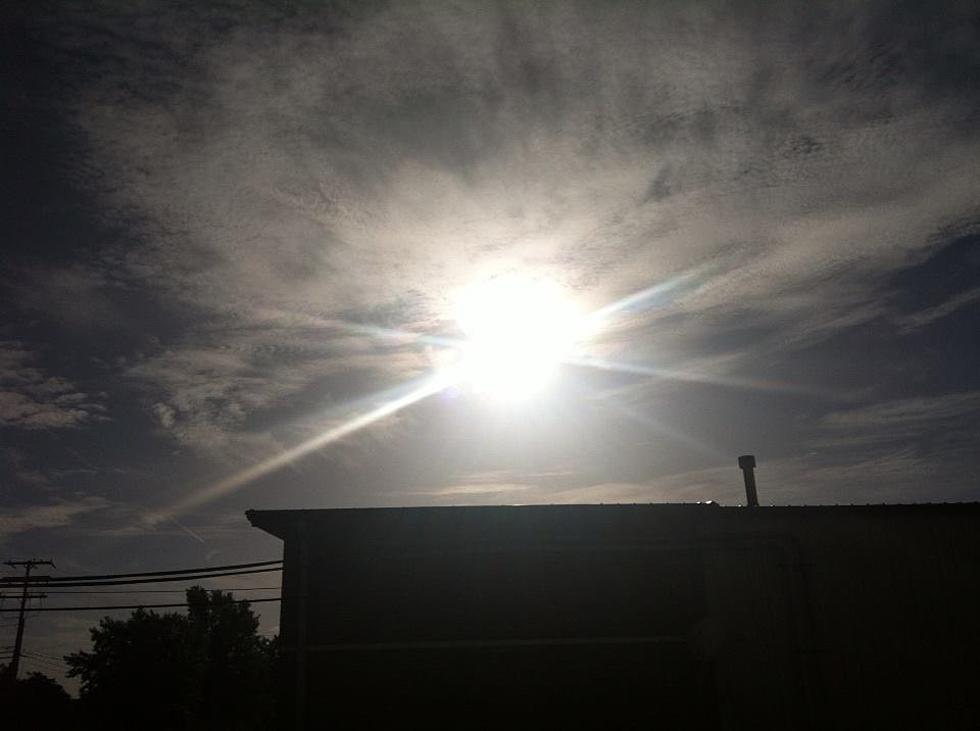
Sun Glare Can Be Deadly for Drivers
Sun glare can be a major hazard and a threat to safety this time of year.
Whether it's the rising or the setting sun, it can be blinding for motorists who are trying to see the road, other vehicles, cyclists, pedestrians and traffic signals.
"Unfortunately, most drivers don't anticipate the dangers of sun glare until they are overtaken by it, and then that can be too late to react safely," said Tracy Noble, spokesperson for AAA Mid-Atlantic. "Drivers are far more attentive to road conditions like snow, rain, sleet or high winds. They tend not to give glare the degree of risk needed. The glare from the sun will be a risk factor on area roads until Daylight Saving Time ends on November 3."
In the fall, the rising sun aligns itself perfectly with many east-west roadways according to the National Weather Service. It is during the first 15 to 45 minutes of sunrise that sun-glare is most hazardous. Motorists traveling westbound can also experience sun-glare as the sun drops lower toward the horizon.
To avoid sun-related crashes, AAA Mid-Atlantic advises motorists to drive as they would in low-visibility conditions like rain or fog. Most glare-related incidents occur when the sun is coming up or going down.
A study conducted by the National Center for Statistics and Analysis at the National Highway Traffic Safety Administration found that older drivers are more likely to get involved in crashes if glare obstructs their vision. In fact, 38.5 percent of drivers involved in crashes related to glare exposure were 45 years of age or older.
The avoid sun-related crashes, AAA Mid-Atlantic and the National Weather Service offer drivers the following tips:
- Wear sunglasses with polarized lenses, or wear eyeglasses with an anti-reflective coating. Scratched eyeglasses or contact lenses make the glare worse.
- Heed the speed limit, particularly if you are driving into the sunrise on your way into work or the sunset on your way home.
- Slow down. The more space you have, the more time you have to react.
- Increase your following distance beyond the recommended safe distances to allow three or more seconds between vehicles.
- Turn headlights on so oncoming motorists can see you as they are driving toward the sun.
- Clean your windshield outside and inside. A cracked or dirty windshield can magnify glare.
- Use your visor as much as possible, but remember that visors can also block your vision.
- Consider alternate routes to minimize east/west driving whenever possible. Use north/south streets until you find an east/west road with lots of trees or taller buildings.
It's also suggested that you keep every surface between your eyes and the road as clear as possible, including both sides of your windshield and your eyeglasses.
More From New Jersey 101.5 FM

